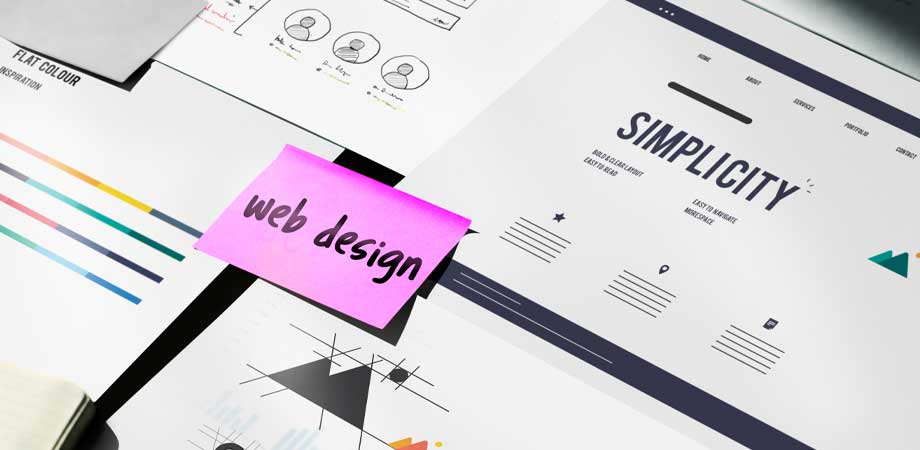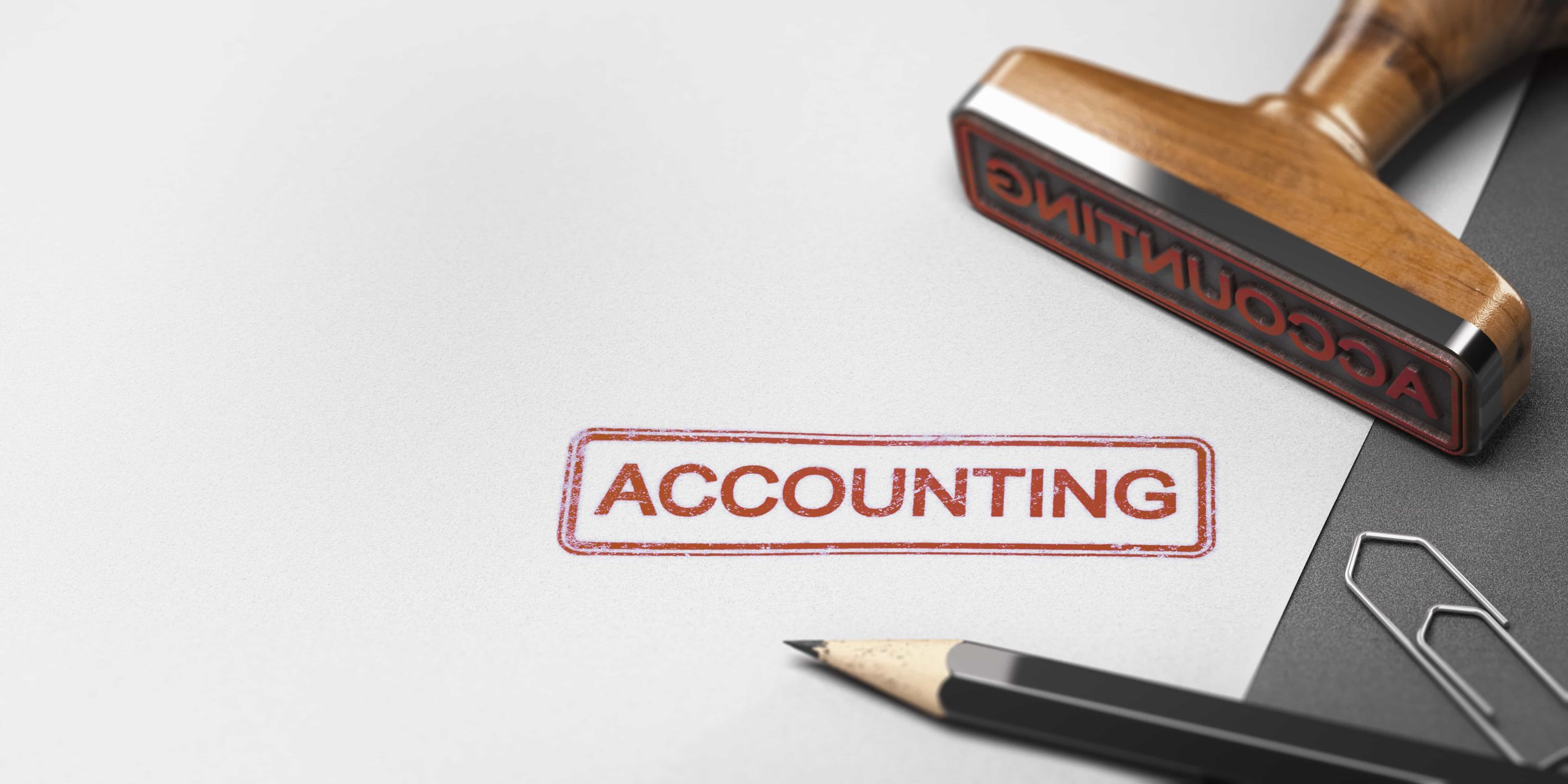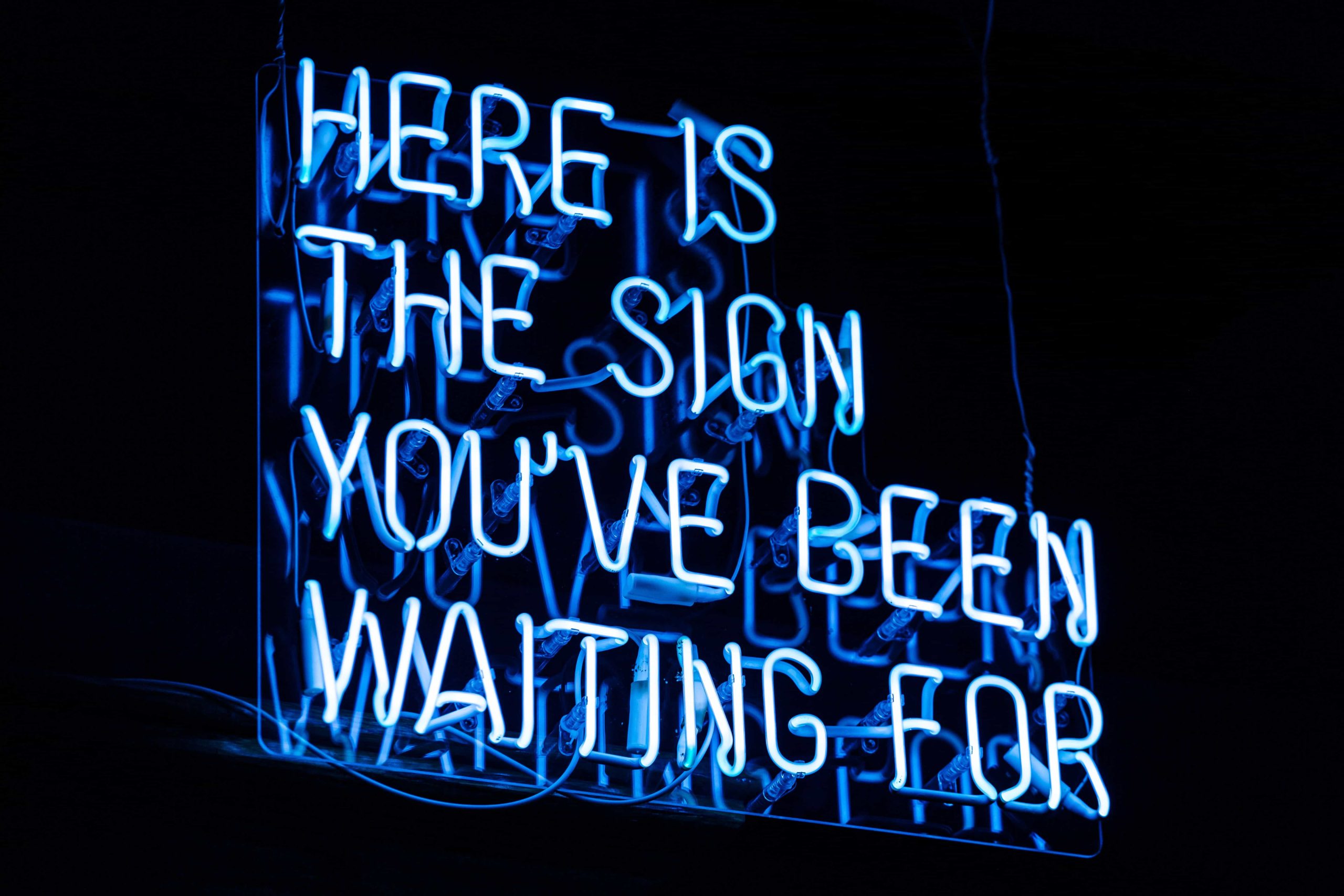Where to begin designing your e-commerce website?
Are you ready to take your business to the next level and sell online? If so, designing an e-commerce website is one of the most critical steps. Your website will be the face of your brand in the digital world. It will ultimately determine whether or not potential customers decide to purchase. In this blog post, we’ll cover everything you need to know about designing an e-commerce website that is visually appealing and easy for customers to use. So please grab a cup of coffee, sit back, and let’s get started!
Use the quick links below to view answers

Creating the perfect design
Designing your e-commerce website can be a daunting task. There are many things to consider, from the layout and navigation to the colour scheme and typography. But don’t worry; we’re here to help! In this article, we’ll share tips on creating the perfect design for your e-commerce website.
First, you’ll need to decide on the overall layout of your website. Do you want a traditional header-footer structure or something more unique? Once you’ve decided on the general design, you can start thinking about the specifics, like where you want your logo and navigation to go.
It’s also essential to choose an appropriate colour scheme for your website. You want something complimenting your brand and making your products stand out. And remember typography! Choosing the right font can significantly affect how your website looks and feels.
Finally, once you have all the details, it’s time to start putting everything together. This is where having a good web designer comes in handy. They can take all of your ideas and turn them into a reality.
Creating the perfect design for your e-commerce website is possible with some planning and effort. By following these tips, you’ll be well on your way to success!

Colours
The colours you use on your e-commerce website can significantly impact how visitors perceive your brand. You want to choose colours that reflect the type of products or services you offer and that are pleasing to the eye and easy to read. Here are a few tips for choosing the right colours for your e-commerce website:
– Use colours that reflect your brand identity. If you sell colourful, fun products, then using bright, cheerful colours on your website is a good idea. If you sell more serious products, like business software or financial services, then using more muted colours may be a better choice.
– Make sure the colours you use are easy to read. You want visitors to refrain from straining their eyes to read the text on your website. Using light colours on a dark background or vice versa can make your site much easier to read.
– Consider using multiple colours on your website. Using too many different colours can be overwhelming, but using two or three complementary Colors can give your site a polished look.
– Don’t be afraid to experiment with different colour schemes until you find one that you love and that reflects your brand well.

Fonts
There are a few things to consider when choosing fonts for your e-commerce website:
- You want to make sure the font is legible and easy to read.
- You want to select a font that compliments your overall design.
- You want to ensure the font is compatible with all browsers and devices.
Regarding legibility, sans-serif fonts are typically the best choice for body text. Some examples of sans serif fonts include Arial, Verdana, and Helvetica. For headings and other larger text, you can use a serif font. Some examples of serif fonts include Times New Roman, Georgia, and Garamond.
As for complementary design, there are endless possibilities. You can choose a modern font for a clean and minimalistic look or an ornate font for a more luxurious feel. Just make sure the font you choose fits well with the overall aesthetic of your website.
Finally, you’ll want to ensure your font is compatible with all browsers and devices. The last thing you want is your website to look different on different browsers or devices! An excellent way to check compatibility is by using the Google Fonts library. This library has many fonts compatible with major browsers and devices.

Images
Images are one of the most essential elements of an e-commerce website. They can make or break a sale and differentiate between customers staying on your site or leaving.
There are a few things to keep in mind when it comes to images on your e-commerce website:
1. Make sure all images are high quality and clear. Blurry or low-quality images will turn customers off and make them less likely to purchase from you.
2. Use images that are relevant to your products and target audience. Generic stock photos may be cheap, but they will only do something to sell your products or connect with your customers.
3. Use alt tags for all images. This allows search engines to index your images, which can help bring traffic to your site. It also provides accessibility for users who may be using screen readers.
4. Optimize all images for faster loading times. Large image files can slow down your site, frustrating visitors and making them less likely to purchase from you.
5. Consider using video instead of, or in addition to, images. Videos can be a great way to show off products in action or give customers a behind-the-scenes look at your company.
Navigation
Your e-commerce website navigation should be designed with your customer’s journey in mind. Please keep it simple and easy to use, so customers can easily find what they want. Use clear and concise labels that accurately describe your products or services. Organize your navigation menu in a way that makes sense for your customers. Use drop-down menus to help them drill down to the specific product or service they want.
Ensure your website’s search function is prominent and easy to use. Customers can quickly find what they’re looking for if they don’t see it in the navigation menu. And finally, remember mobile users! Ensure your website is responsive and optimize your navigation menu for small screens.
Call to action buttons
When it comes to designing your e-commerce website, one of the most important aspects to consider is the call to action (CTA) buttons. These buttons will encourage your visitors to take the next step, whether adding an item to their cart or signing up for your newsletter.
There are a few things to keep in mind when designing CTAs:
1. Make them impossible to miss. Your CTA buttons should be big and bold, with clear and concise text. There should be no question about what action you want your visitors to take.
2. Use contrasting colours. You want your CTAs to stand out from the rest of your design, so make sure they use colours that contrast nicely with the rest of your site.
3. Place them strategically. Consider where your visitors want to go next and place your CTAs accordingly. If you want someone to add an item to their cart, put the CTA near the product page; if you want someone to sign up for your newsletter, put the CTA near the top of your home page where it’s possible to see it.
4. Test, test, test. Always test out your CTAs before launching your site live. Try different colour schemes, positioning, and copywriting to see what works best for your audience.
Mobile responsive design
As more and more people use mobile devices to access the internet, ensuring your e-commerce website is designed to be responsive on all screen sizes is essential. A mobile responsive design will ensure your website looks great and is easy to use on any device.
There are a few things to keep in mind when designing a mobile responsive website:
1. Use a responsive layout: Your website content will adjust to fit any screen size, from small smartphones to large desktop monitors.
2. Optimize images for different devices: Make sure that your images look sharp and clear on all devices, by using the appropriate file format and sizing them correctly.
3. Use touch-friendly elements: If you want your site to be easy to use on touchscreen devices, use buttons and links that are big enough to tap with a finger, and avoid hover states or pop-ups that can be difficult to activate on a small screen.
4. Simplify your design: A complex structure can take time to navigate on a small screen. Keep your layout simple and easy to understand.
By following these guidelines, you can create a mobile responsive website that will provide a great user experience for all visitors, no matter their device.
Conclusion
Designing an e-commerce website can be daunting, but with the right approach, you can ensure that your business stands out from the competition. By following the tips we discussed in this article, you’ll be able to create a visually appealing and user-friendly site that will help bring customers back again and again. Your online store is essential to your success, so take some time to design a quality e-commerce website that meets all your needs and objectives. Good luck!





